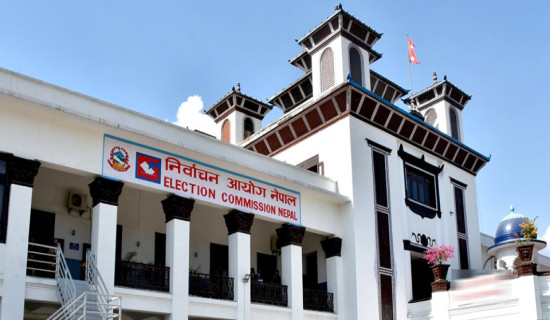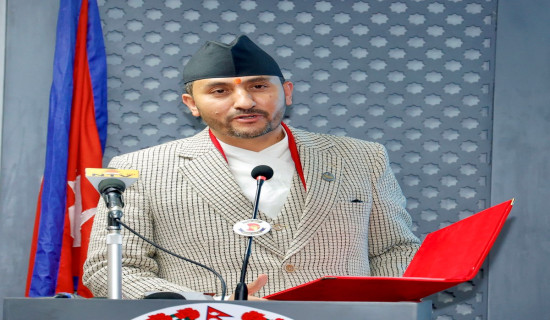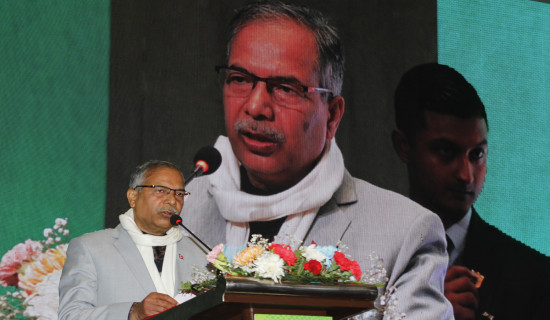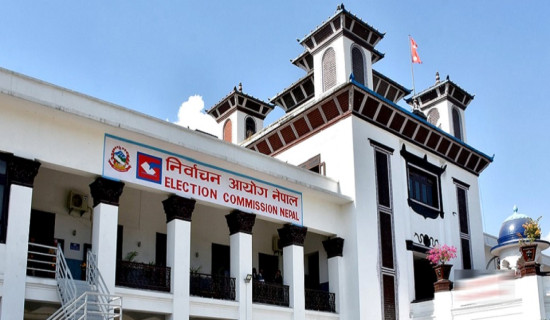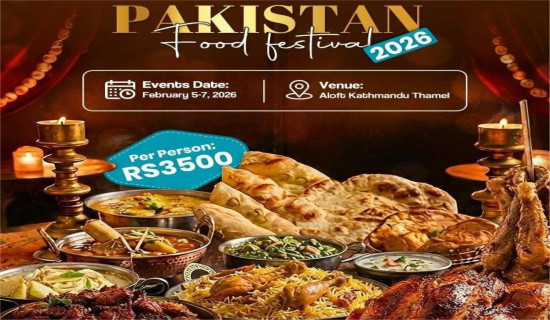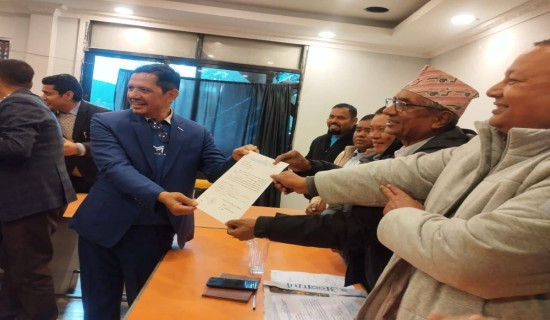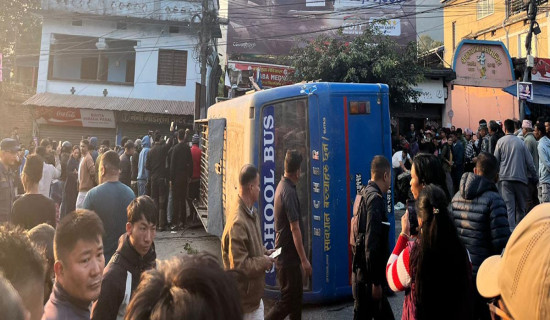- Monday, 19 January 2026
Cultural Thrills Of Progress
The cultural path of progress rests on the maximisation of social utility through reflective education, not ideological fermentation. It is the pattern of life in many Asian nations. Now, many of them are rediscovering their own cultural roots of knowledge, norms and spirituality and trying to redefine national self, rationalise the worldview, educate feelings and emotions, solve their problems and define the path of progress in terms of highest good. While the West’s success is attributed to Protestant ethics and enlightenment, the Chinese people boast of Confucian culture, Japan Shinto Buddhism, India Hinduism, Malaysia and the Gulf nations Islam and Israel Jewish culture filling souls with native visions.
Each has its own trove of nirvana (enlightenment) written by national self-determination. Many argue that Asian cultures have created undue deference to authority figures such as parents, teachers, leaders and priests that defy the free will of individuals posing a risk to sink democracy into authoritarianism. Believers in meritocracy, however, stress on cultural roots of hard work, harmonious order, social discipline and loyalty to the state as the best means of moving forward.
Public education
The Upanishads have rightly demarcated rituals from knowledge. The former leads to bondage while the latter marvels to freedom, artistic curiosity and life-affirming norms. The Asian focus on public education carries its soft power of the sanity of tradition and its persistence for its utility in national life. The cultural life of Nepalis, animated by belief, passion and intellectual practice, is blessed with syncretic form of Hinduism-Buddhism and ownership of countless cults, multiple belongings and non-competing loyalties. It grew up under the spell of its subcultures and larger cultures of neighbours and philosophical tradition of other civilisations.
They provided knowledge for knowing self-Nepaliness, its transcendental links and spiritual dimension of life based on the web of all living species. But it did not dissolve the individuality of each in groups.
The faith in soul has socialised Nepalis in the collective feeling of humanity and Karmaic duty. The nation can keep the spirit of Nepaliness if its national life is not mechanically modelled on the image of Singapore, Switzerland or any other nation without knowing its cultural genes shaped by the collective memory of people about ecological richness of the place.
The elixir of national life of cultural syncretism is nourished by many sub-cultures of Nepalis held together by collective rituals, rites, festivals, religious sites and gatherings to celebrate national mores and colourful way of life to achieve what they need and want. Memory conserving institutions, such as museums, holy shrines, monuments and libraries have fostered a feeling of trust and contributed to nation-building. Neither Hinduism nor Buddhism is totally conformist as diverse traditions of thoughts are fused within them. It offers a possibility for reforms and change.
A healthy society fosters a culture of social mobility of people where education serves a premium to overcome attainment gaps among castes and genders. The ideological leadership and scholarship in Nepal have, however, emerged as a crusade to beat its cultural pattern of life and a heritage of tolerance to diversity even to asylum-seekers. The fading importance of ideologies in Nepal to build solidarity has underscored the values of speeding up the cultural learning process across various generations and nations though its pace is much slower than the technological processes.
Nepali ideologues suffered a heavy cultural blow when they sought to confiscate Guthi lands and troubled the unifying elements of society. Nepalis know that crippling their cultures can cut the roots of this ancient nation and decompose the state-society ties. The instinct of cultural preservation is, therefore, the leitmotif of national survival and identity which is now weakened by soulless utilitarian politics, market and inorganic civil society. As a result, cultured people are reclaiming the relevance of national culture as a bridging social capital between the past and the future generations and a symphony of social unity, stability and peace.
The cultural construct of Nepali worldview, like Nepali language, is evolving and changing as its people see the world changing ecologically, economically, socially, technologically and politically. It is the task of Nepali scholars to conceptualise relevant ideas, arrange systemic thinking, set up institutions for cultural memory and apply them in laws and public policies to move to its own constitutional compass. Nepalis are neither culturally fatalistic as its wise adage of “fate does not hold milk in a bamboo basket” affirms this nor they are change-resistant as its classical treatise Veda articulates the need of social division of labour to adapt to the changing spirit of sanantan dharma, the universal current of life, the zeitgeist.
The desire of the heroic struggle of its heroes and builders for national independence is another trait. Aside from science and technology, the modern zeitgeist seems to be countercultural, not sensitive to the creation of a mindful society - careful of nature, culture, the weak and the oppressed. The crazy ascent of counterculture of self-interest, excessive liberty and rights without matching duties has diluted the Nepali virtues of hard work, discipline, thrift, honesty and rule of norms. An adaptation to the newly modified zeitgeist of justice and sustainability can overcome the mark of its flaws of will to freedom and spur instinct for cultural survival.
Nepalis should not define ideology or modernism in deterministic terms to shape their culture in external image but find natural socialisation of people into their own culture and subcultures to evolve the merits of their cultured and civilised character. Cultured people are predictable, not impulsive or capricious. The refusal to acknowledge nature and culture’s blessing drives one to curse.
The resolution of the current state of anomie requires intra-cultural cooperation shunning cultural cringe. Many educated Nepalis lured by the glitter of modernity, science and reason feel a sense of self-inferiority.
There is a weird sensation of modernity among the faith-based Nepalis in the cynical use of modern elites’ instrumental use of knowledge both to infantilise democracy and discount the sacred in order to hide their fetid roles. Recurring tension is the source of behavioural instability of leaders and the cadres. Lack of apt democratic acculturation can be attributed to a gap between connecting values of culture and disconnecting ideological contradictions, envy and jealousy set free by leaders. Some powerful funders use their surrogates to demand Nepal’s cultural transformation to deculturise people.
The pyramidal layering of Nepali society is traditionally framed to fulfil specialised functions and complex needs of peoples. Education, science and economy are now intensifying new social stratification, shifting family values and societal rites and norms. But Nepali leaders’ promise to lift the nation’s cognitive, economic and political progress, however, remained mostly inverted. Nepal has always remained a cultural transmission belt of Shivaism, Buddhism and countless cults including that of Chandan Nath across the nations and continents.
Culture helped its people to widen their affinity to family, community, society and the state to a larger world. It has fostered an orderly template to ease social interactions at various scales of nations and cultivate economic entrepreneurship. Psychologically, it has provided a vital sense of belonging to national culture and reduced the costs of communications and transactions. The free spirit of Nepalis is entrenched in certain character traits, autonomous life in various pockets of regions and physical and cultural dispositions to adapt to diverse ecological conditions.
Cultural preservation rests on renewing its elan vital, as it eases the means of expression of higher form of human norms for national consciousness and enduring existence. Nepal’s diverse subcultures have embraced varied motivational systems for people and equally diverse incentives to leadership growth, economic development and political stability. Nepali culture in large measure thrived because it restrained the Darwinian reflex of consuming the weak people but nurtured the rhythms and melody of interpersonal ties at various scales and allowed the relentless persistence of small sub-group cultures to survive and prosper honouring the unity in diversity.
The sub-cultural variation has incubated various stages of development of people of 125 ethnic and caste groups, 123 languages and countless cults and the resilience of its communities. Now, schools, colleges and universities have become places for intellectual sorting, not carriers of native lore and culture, not even a place for social collaboration. Those not getting any light of knowledge from these institutions are deprived of opportunity while those inside the classrooms have developed class-based worldview, keep detachment from the world of ordinary people and continue to stratify the society for keeping one’s own control in command and control politics, business and civil society.
Social integration
Nepali sages in the past found the meaning of educated life in serving a larger cause, not self-interest. Making Nepali education reflective of national culture, diversity of life-world and participatory intensely connected to the goals of uplifting both educational and economic standards of the people is a major policy challenge. This means temptations of those interested in opening more social contradictions rather than adopting class-bridging strategy and those adopting class-blind approach less attuned to social integration and nation building must be disciplined in the spirit of Constitution.
Both seek to indoctrinate people through passive institutional learning less relevant to the renewal of the nation’s culture. The banking model of top- down politics, thriving in merger and coalition of leaders regardless of popular interest, can hardly offer choice and encourage the active and informed participation of Nepalis in the democratic progress. Newer forms of enculturation are required to build a sort of social trust that minimises transaction costs, address the searing challenges and thrill the path of overall progress of the nation.
(Former Reader at the Department of Political Science, TU, Dahal writes on political and social issues.)









